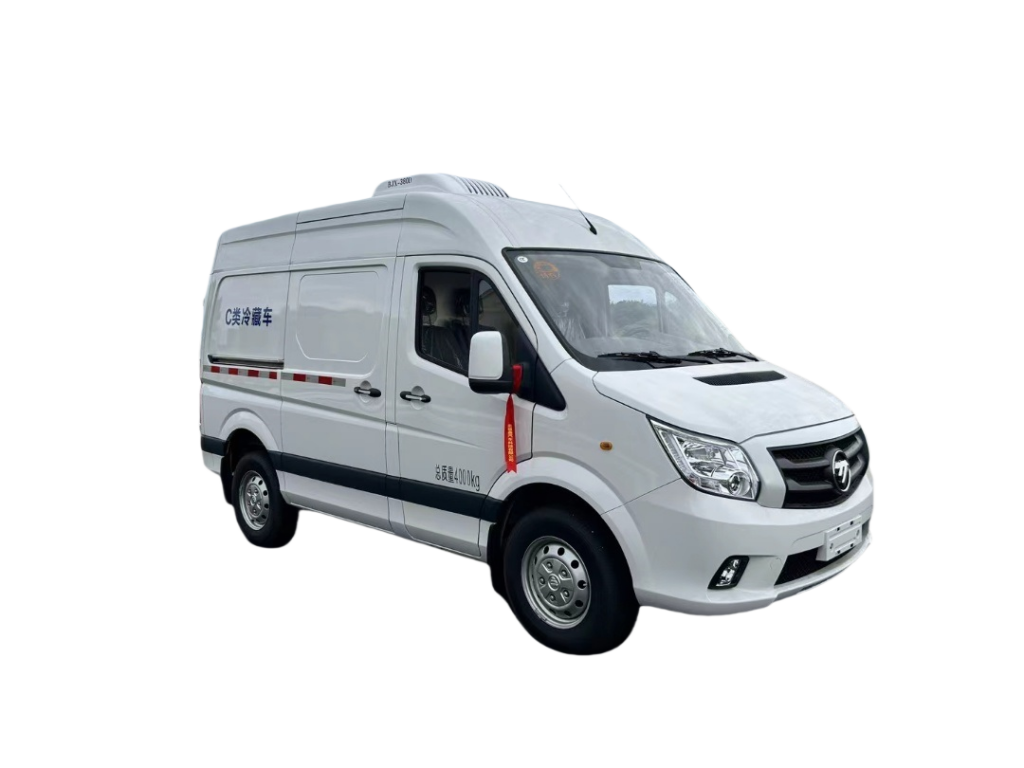Introduction
Crane trucks play a crucial role in the construction and transportation industries, providing essential lifting capabilities for various applications. However, the operation of these vehicles can have a significant impact on the environment due to their emissions. In recent years, there has been a growing emphasis on reducing air pollution and greenhouse gas emissions from all sources, including mobile machinery like crane trucks. As a result, governments around the world have implemented regulations to control and minimize the emissions produced by these vehicles. In this article, we will explore the various emissions regulations that apply to crane trucks, their implications for the industry, and how operators can navigate these requirements effectively.
Overview of Crane Truck Emissions
Crane trucks typically operate using diesel engines, which are known for their high emissions of pollutants such as nitrogen oxides (NOx), particulate matter (PM), and carbon dioxide (CO2). These emissions contribute to air pollution, smog formation, and climate change, making them a significant environmental concern. In response to these issues, regulatory bodies have developed emissions standards and regulations to limit the amount of pollutants that can be emitted by crane trucks and other vehicles.
Emissions Regulations for Crane Trucks
Emissions regulations for crane trucks vary by region and are typically based on the type of engine installed in the vehicle. The two most common sets of regulations that apply to crane trucks are the European Union's Stage V standards and the United States' Environmental Protection Agency (EPA) regulations.
European Union Stage V Standards
The European Union's Stage V emissions standards set limits on the emissions of NOx, PM, hydrocarbons (HC), and CO from non-road mobile machinery, including crane trucks. These standards are designed to align with the latest technological advancements in engine design and emissions control to reduce the environmental impact of these vehicles. Compliance with Stage V standards is mandatory for all new crane trucks sold and operated in the European Union.
United States EPA Regulations
In the United States, the EPA sets emissions standards for non-road diesel engines, including those used in crane trucks. The EPA's regulations are divided into tiers, with Tier 4 being the most recent and stringent standard. Tier 4 standards aim to reduce emissions of NOx and PM by requiring the use of advanced emissions control technologies such as diesel particulate filters (DPF) and selective catalytic reduction (SCR) systems. Compliance with EPA regulations is mandatory for all new crane trucks sold and operated in the United States.
Implications of Emissions Regulations for the Crane Truck Industry
The implementation of emissions regulations for crane trucks has several implications for the industry, including:
1. Increased Costs: Compliance with emissions regulations often requires the use of advanced emissions control technologies, which can increase the cost of manufacturing and operating crane trucks. These additional costs are typically passed on to customers, making new equipment more expensive.
2. Technological Innovation: Emissions regulations drive technological innovation in the crane truck industry, leading to the development of more fuel-efficient engines and emissions control systems. This innovation benefits both the environment and operators by reducing fuel consumption and emissions.
3. Market Competition: As emissions regulations become more stringent, operators may face pressure to upgrade their fleets to comply with the latest standards. This can create a competitive market environment where operators must invest in new equipment to remain competitive.
4. Maintenance Requirements: Advanced emissions control technologies, such as DPFs and SCR systems, require regular maintenance to ensure optimal performance. Operators must be aware of these maintenance requirements and factor them into their operating costs.
Navigating Emissions Regulations for Crane Trucks
To navigate emissions regulations effectively, crane truck operators should take the following steps:

1. Stay Informed: Keep learn more of the latest emissions regulations that apply to crane trucks in your region. Regulatory bodies often update and revise standards to address new environmental challenges, so it is essential to stay informed about any changes that may affect your operations.
2. Choose Compliant Equipment: When purchasing new crane trucks, select models that comply with the latest emissions standards. Look for vehicles that are equipped with advanced emissions control technologies to ensure compliance and minimize environmental impact.
3. Maintain Properly: Regular maintenance is crucial to ensure that emissions control systems, such as DPFs and SCR systems, function correctly. Follow the manufacturer's maintenance recommendations and schedule routine inspections to keep your crane trucks in compliance with emissions regulations.
4. Monitor Emissions: Consider implementing emissions monitoring systems on your crane trucks to track their emissions output and ensure compliance with regulations. These systems can provide valuable data on fuel consumption, emissions levels, and overall vehicle performance.
Conclusion
Emissions regulations for crane trucks are an essential aspect of environmental protection and sustainability in the construction and transportation industries. By complying with these regulations and implementing best practices for emissions control, crane truck operators can minimize their environmental impact and contribute to a cleaner, healthier future. Navigating emissions regulations effectively requires staying informed, choosing compliant equipment, maintaining properly, and monitoring emissions levels to ensure compliance with the latest standards. By following these guidelines, crane truck operators can play their part in reducing air pollution and greenhouse gas emissions for a more sustainable world.
